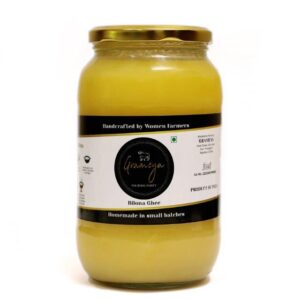Honey is a natural sweetener produced by bees from the nectar of flowers. It has been used for thousands of years for its various health benefits. Some of the potential health benefits of honey include:
- Antioxidant properties: Honey contains various antioxidants, including flavonoids and phenolic compounds, which help neutralize free radicals in the body. This can reduce oxidative stress and lower the risk of chronic diseases.
- Wound healing: Honey has been used topically for centuries to promote wound healing. It has natural antibacterial properties that can help prevent infections and speed up the healing process.
- Sore throat and cough relief: Honey can soothe a sore throat and suppress coughing. It forms a protective coating in the throat, providing relief from irritation.
- Improves digestive health: Consuming honey in moderation may help with digestion. It can have a soothing effect on the digestive tract and may aid in relieving issues such as indigestion and bloating.
- Natural energy source: Honey is composed mainly of carbohydrates, primarily fructose and glucose, making it a quick and easily digestible source of energy.
- Antibacterial properties: Raw honey, have been found to possess natural antibacterial properties, which can help combat certain bacteria, including antibiotic-resistant strains.
- Skin health: When applied topically, honey can moisturize and nourish the skin. It is also believed to have anti-inflammatory properties that could be beneficial for conditions like acne and eczema.
- Reduced risk of heart disease: Some studies suggest that regular honey consumption may lead to modest reductions in certain risk factors for heart disease, such as LDL cholesterol levels and blood pressure.
Note:
There can be slight variation in the taste due to continuous change in flora and season. Pure forest honey may taste slightly bitter as there is no sugar added.
Over time, natural honey will crystallise and air bubbles rise to the top of the jar, which causes the thicker, swirly white layer to form. This process is a sign that the honey has been packed naturally, without any heating or added artificial sugar.
Below is the comparison table between wild forest honey & regular honey:
| Factor | Forest Honey | Bee Farm Honey |
| Flavor and Aroma | Distinct, complex flavors from diverse plant sources. | Flavor may be more uniform, influenced by specific crops near the farm. |
| Nutritional Profile | Richer in antioxidants and minerals due to diverse plant sources. | May vary depending on the types of crops available near the farm. |
| Pollen Content | Contains a wide variety of pollens from wildflowers. | May have a more limited range of pollens depending on the crops cultivated. |
| Processing Methods | Not processed, retaining more natural enzymes and phytochemicals. | May undergo filtering, which can remove some beneficial compounds. |
| Environmental Impact | Harvested sustainably, supporting natural ecosystems. | Can sometimes lead to monoculture farming, which may have environmental implications. |
| Pesticide Residues | Lower risk due to the diverse range of plants in the forest. | Potential for exposure to pesticides if used in the vicinity of farmed crops. |
| Texture and Consistency | May have varying textures and consistencies based on plant diversity. | Generally more consistent in texture due to controlled farming conditions. |
| Price | Can be more expensive due to the challenges of harvesting in the wild. | Often more readily available and may be more affordable. |





